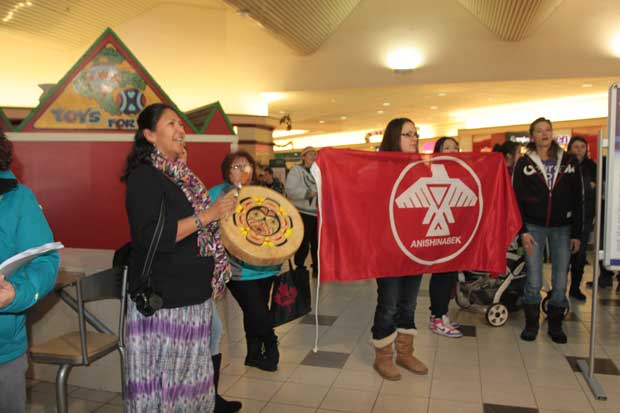Is Idle No More Still a Factor?
The Idle No More movement burst onto the Canadian political and social scene in late 2012, capturing the attention of the nation and the world. This Indigenous-led grassroots movement sought to address longstanding issues affecting Indigenous rights and the environment. While the initial wave of protests, flash mobs, and round dances brought the movement to the forefront of public consciousness, many have wondered what happened to Idle No More in the years that followed. In this article, we’ll explore the evolution of the Idle No More movement, its accomplishments, challenges, and its enduring legacy in Canada.
The Birth of Idle No More
Idle No More emerged as a response to several key developments that were deeply troubling to Indigenous communities in Canada. The movement was sparked by the introduction of Bill C-45 by the Harper government, which sought to amend the Navigable Waters Protection Act and the Indian Act. Indigenous activists and their allies saw these changes as undermining Indigenous sovereignty and weakening environmental protections.
Four Indigenous women—Sylvia McAdam, Jessica Gordon, Nina Wilson, and Sheelah McLean—played pivotal roles in founding Idle No More. They used social media to mobilize supporters and organize protests across the country. Flash mobs, teach-ins, and round dances became the movement’s signature forms of peaceful protest, attracting both Indigenous and non-Indigenous Canadians.

The Movement’s Impact
- Raising Awareness: Idle No More successfully raised awareness of Indigenous issues and the often-overlooked struggles faced by Indigenous communities. It placed Indigenous rights, environmental stewardship, and social justice at the forefront of national discourse.
- Policy Reversals: The movement pressured the government to reconsider some of its policies. For instance, the government withdrew some of the most contentious provisions of Bill C-45, indicating a response to the movement’s concerns.
- Indigenous Solidarity: Idle No More brought Indigenous peoples together across tribal and territorial lines, fostering a sense of unity and solidarity among diverse Indigenous communities.
Challenges and Transformations
Despite its initial momentum, Idle No More faced several challenges that altered its trajectory:
- Government Response: While some policies were reevaluated, the Harper government largely downplayed the movement, characterizing it as a fringe group with radical views.
- Fragmentation: As time passed, the movement became more decentralized, which made it challenging to maintain a unified voice and sustained momentum.
- Activist Burnout: Many of the movement’s key figures faced immense personal and emotional strain, leading to activist burnout.
- Evolving Goals: Idle No More gradually shifted from its initial focus on specific legislation to broader issues of Indigenous sovereignty, land rights, and self-determination.
Legacy and Ongoing Impact
Idle No More’s legacy extends beyond its initial protests and demands. Several lasting impacts can be observed:
- Awareness and Education: The movement succeeded in increasing public awareness and education about Indigenous issues, fostering greater empathy and support.
- Youth Activism: Idle No More inspired a new generation of Indigenous activists and leaders, many of whom continue to advocate for their communities and the environment.
- Legal Battles: Idle No More laid the groundwork for legal battles over Indigenous land rights and environmental protection, contributing to subsequent court victories for Indigenous communities.
- Indigenous Resilience: The movement demonstrated the resilience of Indigenous communities in the face of adversity, inspiring ongoing efforts to address systemic issues.
Conclusions
Idle No More may have faded from the headlines, but its impact on Canada’s political and social landscape endures. It ignited a renewed sense of Indigenous pride, spurred critical discussions on Indigenous rights and environmental stewardship, and encouraged a new wave of activism. As Canada continues to grapple with these issues, Idle No More serves as a reminder of the power of grassroots movements to effect change and amplify the voices of marginalized communities.






